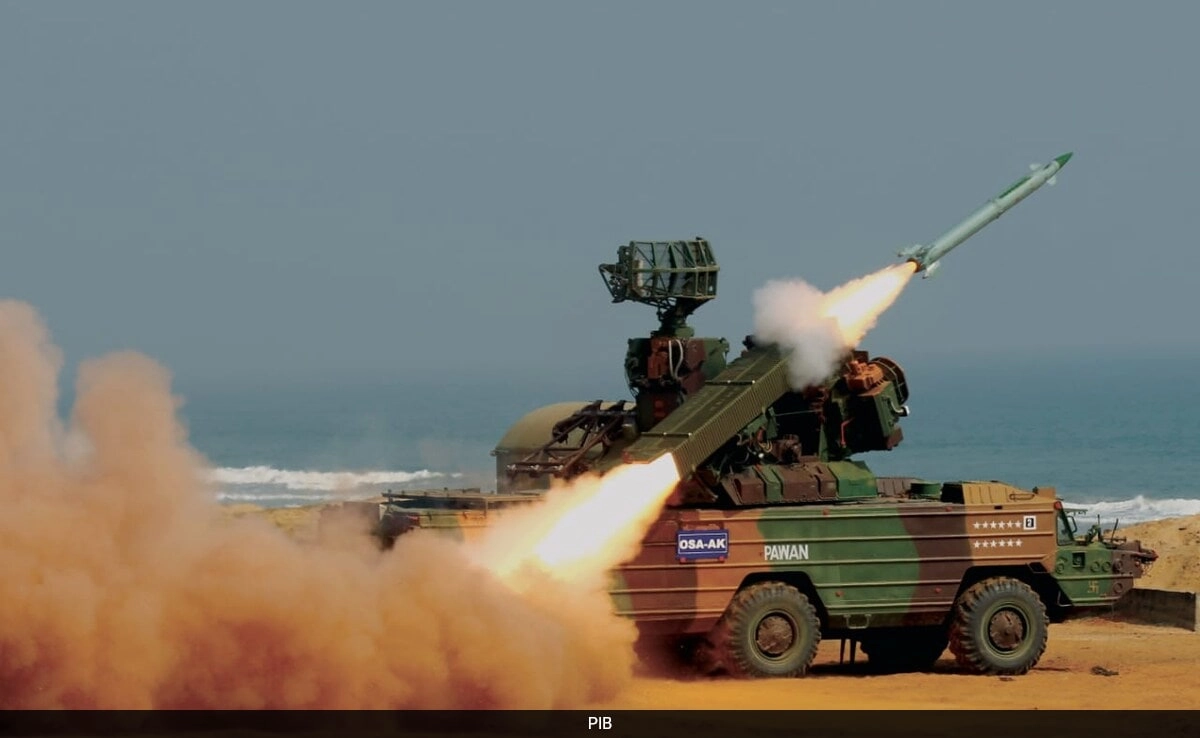Pakistan views India’s Akashteer system as a groundbreaking technological advancement that has the potential to drastically alter the strategic landscape in the region. The Akashteer system, which is India’s indigenous air defense initiative, has garnered attention not only for its advanced capabilities but also for the implications it holds for regional security dynamics. This system is designed to enhance India’s ability to detect and respond to aerial threats, thereby strengthening its defense infrastructure. For Pakistan, the emergence of such a cutting-edge technology is perceived as a significant challenge that necessitates a reassessment of its own military strategies and capabilities.
The term “never seen before” aptly captures the essence of the Akashteer system, which integrates sophisticated radar and missile technologies to create a comprehensive air defense shield. This innovation marks a departure from traditional defense mechanisms, as it leverages modern technological advancements to provide real-time surveillance and rapid response capabilities. Consequently, Pakistan is compelled to reevaluate its defense posture, considering the potential for an escalated arms race in the region. The introduction of such disruptive technology by India raises alarms in Islamabad, prompting discussions on enhancing their own military capabilities to counterbalance India’s advancements.
Moreover, the Akashteer system could potentially shift the balance of power in South Asia, influencing not just military strategies but also diplomatic relations between the two nations. The capability to intercept and neutralize aerial threats effectively could embolden India in its military engagements and strategic posturing. For Pakistan, this translates into a pressing need to invest in advanced technologies and seek alliances that could provide countermeasures against India’s evolving defense systems. The strategic implications of the Akashteer system extend beyond immediate military concerns; they also encompass broader geopolitical considerations that could redefine the interactions between South Asian countries.
In light of these developments, Pakistan’s response to the Akashteer system will likely involve a multifaceted approach, balancing military preparedness with diplomatic efforts to engage in regional stability dialogues. As both nations navigate this new technological landscape, the challenge will be to avoid escalation while addressing legitimate security concerns. The Akashteer system stands as a testament to the rapid advancements in military technology and underscores the importance of strategic foresight in a region marked by historical tensions and rivalries.




